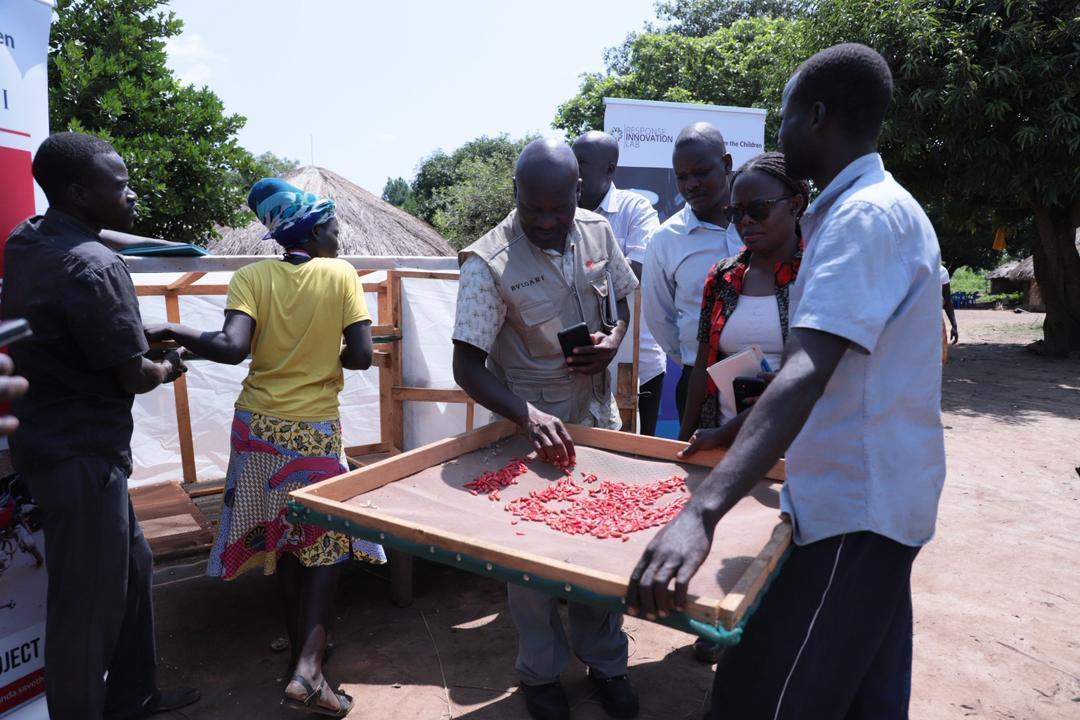Africa-Press – Uganda. Youth unemployment remains one of Uganda’s most persistent development challenges, with official figures showing that 42.6 percent of young people aged 15–24 are not in employment, education, or training (NEET), according to the 2024 National Census and Housing Report.
Among the unemployed youth, 45 percent report being actively blocked from accessing jobs or starting businesses due to poverty, lack of land, impact of HIV/Aids, child-headed households, and limited access to education or vocational skills.
Government youth support programs have largely focused on the 18–30 age bracket, inadvertently sidelining the 14–17 age group.
Although Uganda’s Employment Act of 2006 allows individuals aged 14 and above to work, many in this younger demographic remain unsupported, undereducated, and vulnerable.
A study by the Economic Policy Research Centre (EPRC) found that 20 percent of youth aged 14–17 are out of school. Lacking marketable skills or startup capital, they often end up in exploitative, underpaid, or hazardous informal work.
Nowhere is this crisis more visible than in Northern Uganda’s Acholi Sub-region, where 69 percent of the population lives in multidimensional poverty, according to UNICEF’s 2020 poverty profile.
The Uganda National Household Survey (UNHS) 2023/24 also highlights the region’s continued economic marginalisation, citing a legacy of conflict and systemic neglect of youth empowerment.
Adolescents and youth in rural communities across Northern Uganda are increasingly vulnerable to drug and alcohol abuse, sexual and gender-based violence, teenage pregnancy, and child marriage.
Excluded from meaningful economic or political participation, their prospects have long seemed bleak.
Yet even amid adversity, hope is growing.
Organizations such as Save the Children International are working with local youth to build livelihoods from the ground up.
Through skills development in vocational trades, entrepreneurship, and agribusiness, young people are gradually reclaiming their agency.
One of the group’s recent innovations involves introducing black soldier fly larvae production to youth poultry farmers struggling to afford feed.
The nutrient-rich larvae offer an affordable, sustainable protein source for chickens, reducing reliance on expensive commercial alternatives.
Another initiative supports youth engaged in vegetable farming—such as greens, cabbage, eggplants, and soybeans—by providing solar dryer technologies.
These solar dryers extend the shelf life of perishable produce, cutting post-harvest losses and increasing farmers’ incomes.
“These interventions are helping young people move away from risky, informal jobs and into productive, dignified work,” says a program officer from Save the Children.
“With the right support, their resilience becomes a powerful force for development.”
While the structural issues behind youth poverty and unemployment remain far from resolved, local efforts are proving that meaningful change is possible.
With further investment in inclusive education, land access, and business support, Northern Uganda’s youth could help unlock long-term prosperity for their communities.
Civil society actors and local governments are calling for more robust collaboration between ministries and non-state actors to scale these models.
The key, they argue, lies in treating youth not as passive beneficiaries but as active agents of economic transformation.
For Northern Uganda, the struggle continues—but so does the hope.
For More News And Analysis About Uganda Follow Africa-Press






